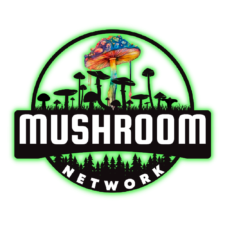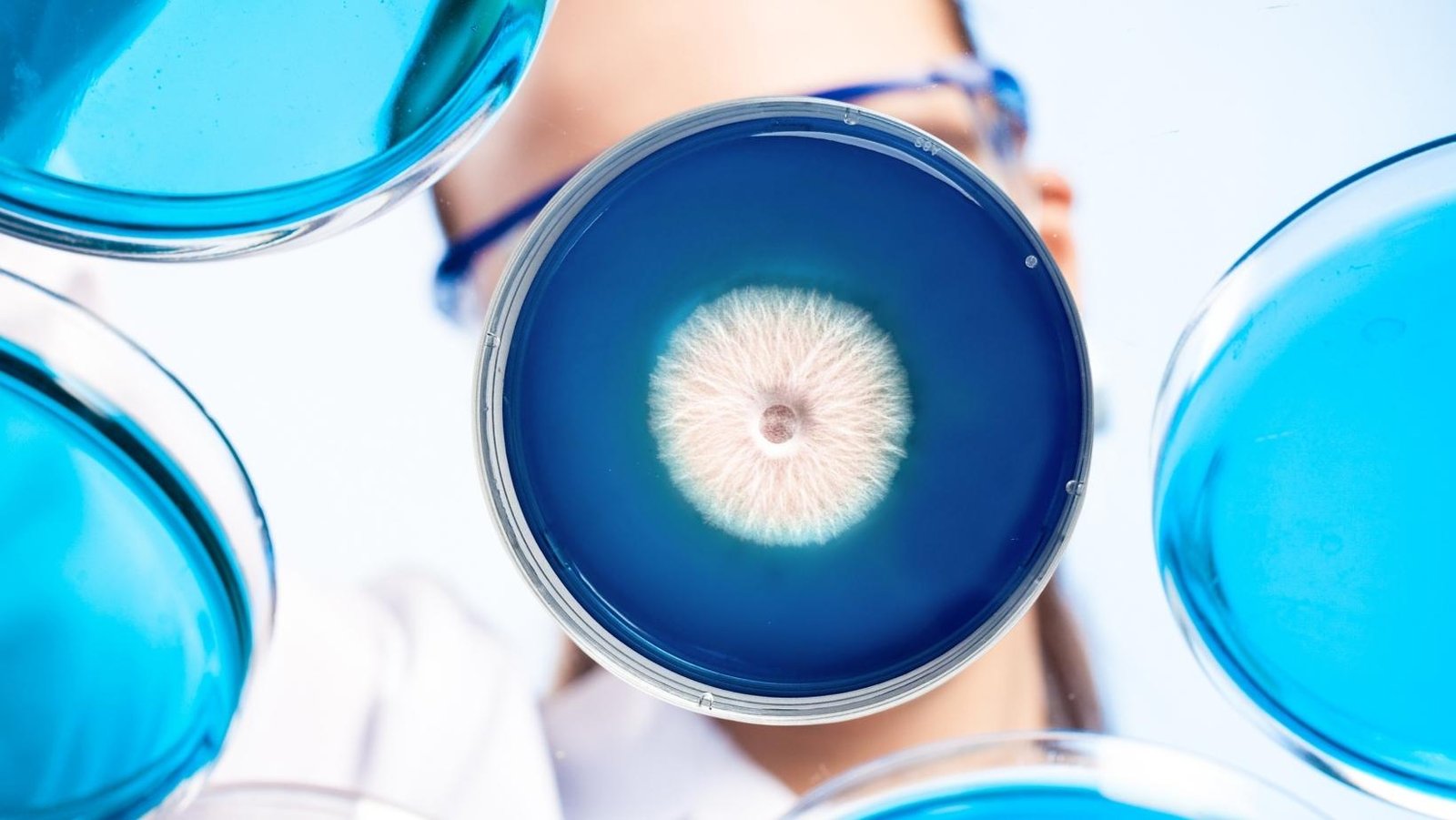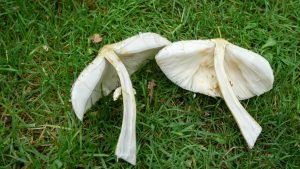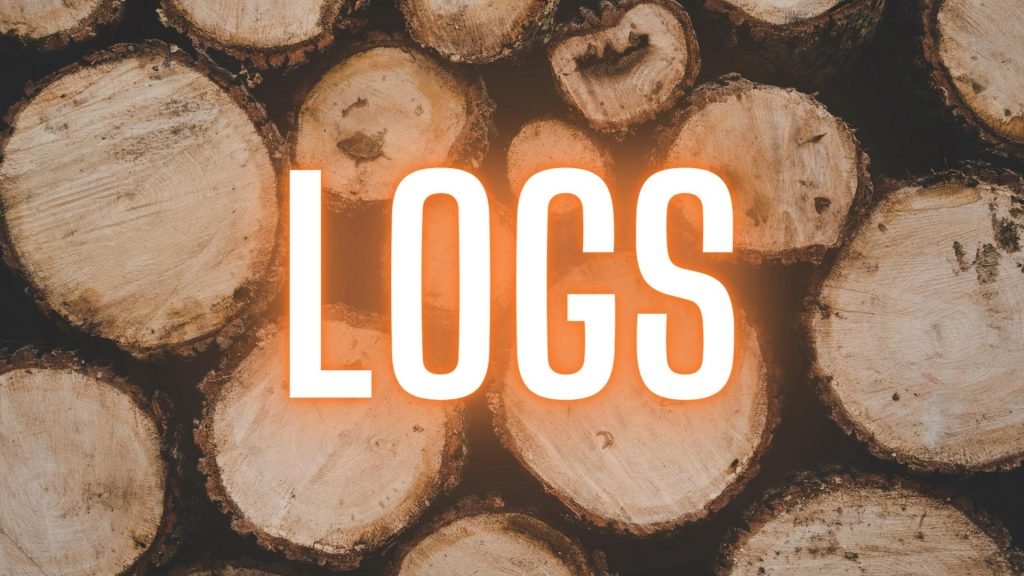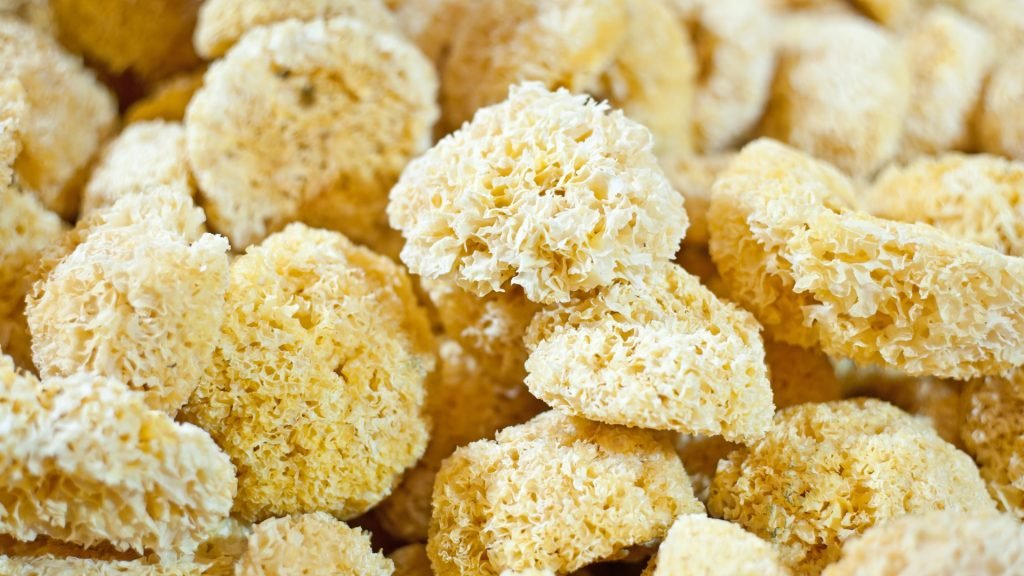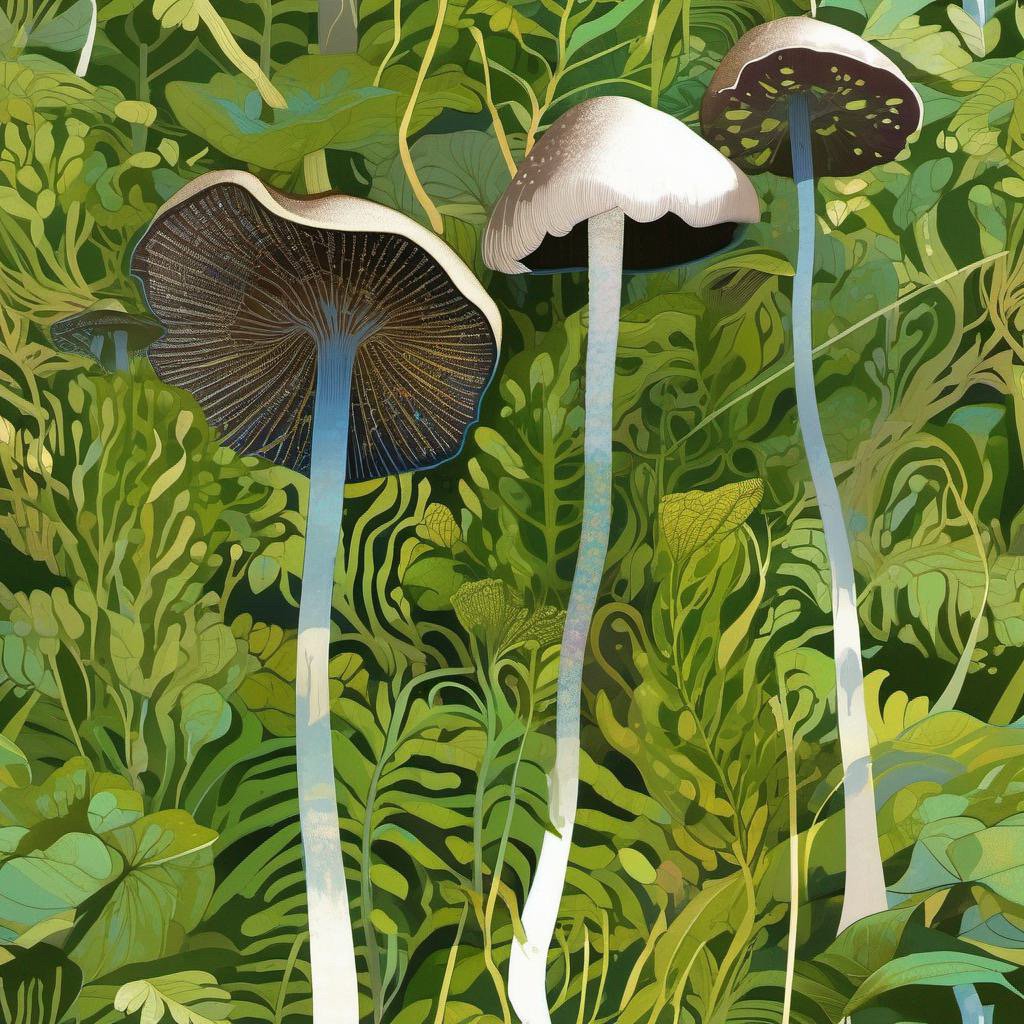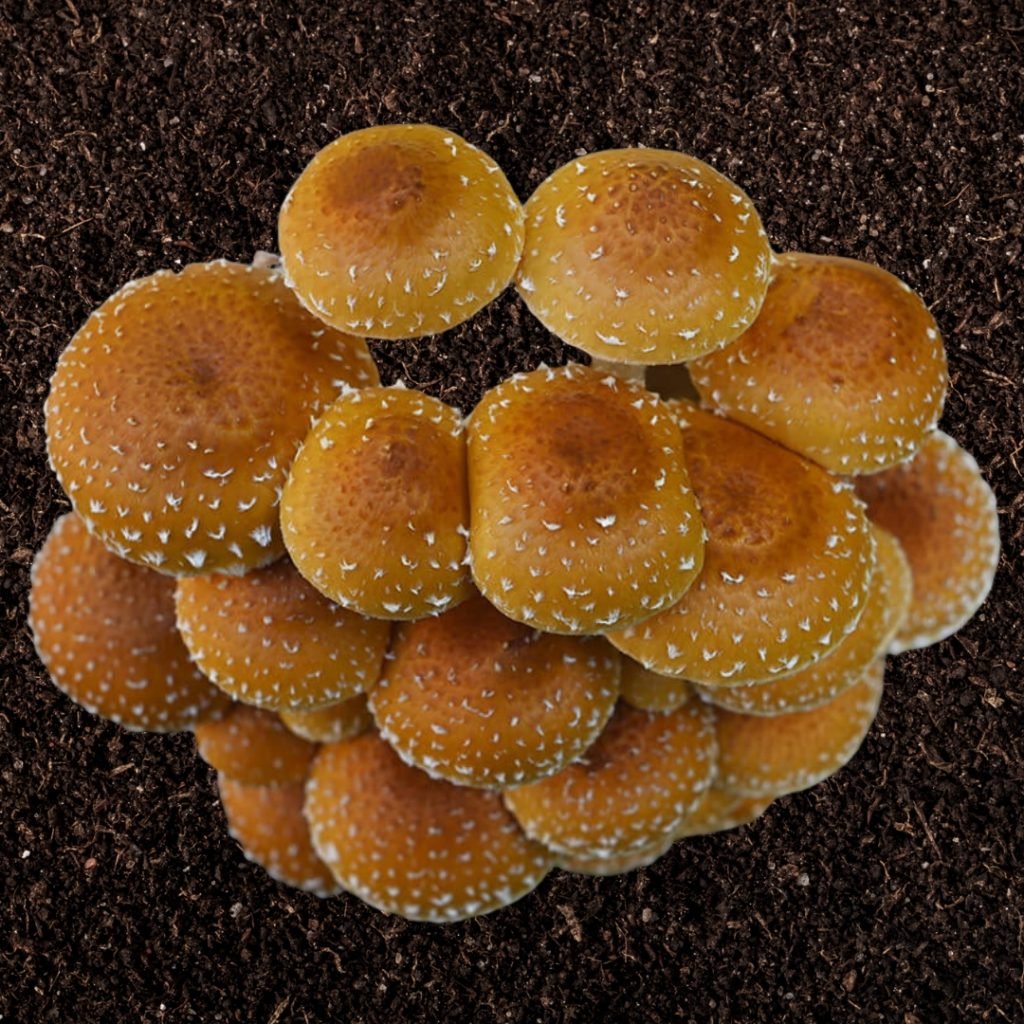Mushrooms, being fungi, have a complex and fascinating biology that presents many opportunities for scientific exploration. One of these is the practice of isolating individual cultures from a single spore print for the purpose of identifying unique phenotypes and potentially cultivating new mushroom strains. This guide will provide a detailed walkthrough of the process of isolating mushroom cultures and its potential implications for the field of mycology.
Isolating Cultures: The Basics:
When a mushroom sporulates, it can produce millions of individual spores, each capable of growing into a unique culture. This presents a challenge when attempting to isolate specific cultures, as managing such a large number would be impractical. Usually, researchers are able to isolate and grow up to five individual cultures from a single spore print. These cultures are cultivated on their own agar plates, placed into a grain medium, and ultimately fruited to identify their unique phenotypes.
For example, in a study published in the Journal of Applied Microbiology, researchers isolated 36 different fungal species from a single type of mushroom. They found that these different cultures varied significantly in their rate of growth, resistance to different environmental conditions, and production of secondary metabolites.
Why Should You Be Isolating Cultures?
Isolating cultures can be beneficial for a multitude of reasons. It allows researchers to identify and refine the desirable traits of a particular mushroom strain, such as texture, taste, size, or color. This process can lead to the creation of new and improved strains that offer a more desirable set of characteristics.
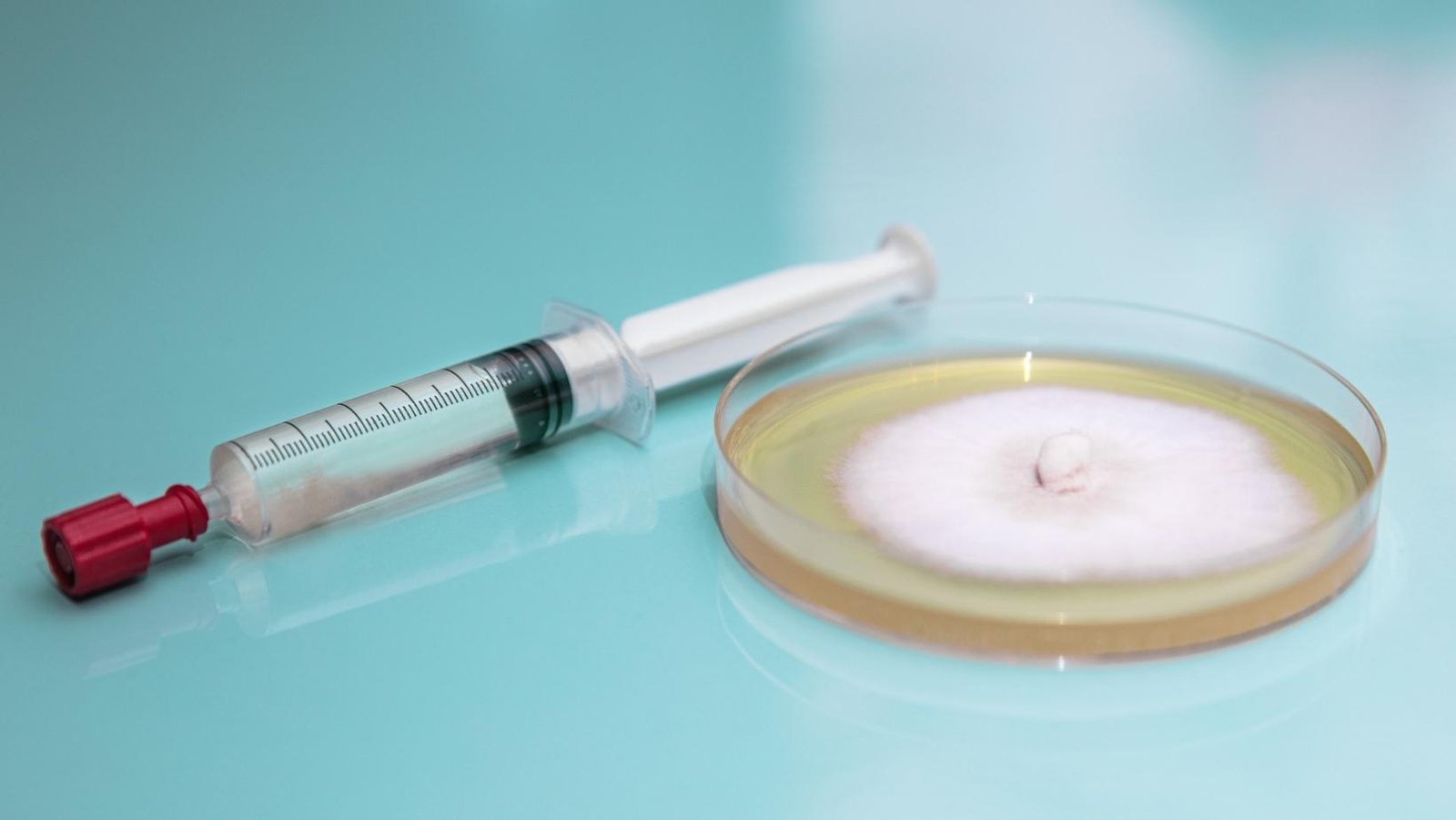
The Process of Sectoring Cultures:
Sectoring cultures is a time-consuming process, but it is not complicated. Sectoring cultures are like creating a family tree for each strain that grows from the spores. You start by watching the growth on the agar plate. As the spores germinate and grow, they’ll create unique sectors or “colonies”. Each of these sectors is potentially a unique strain.
The first step involves collecting a spore print from the mushroom. The spore print is then streaked across an agar plate using an inoculation loop, which allows the individual cultures to grow. These cultures are then carefully isolated and placed onto their own agar plates for further growth and observation.
For instance, a study conducted by the University of California, Berkeley found that from a single spore print, researchers were able to isolate five individual cultures, each with its own unique genetic profile.
Growth and Fruiting:
Once you’ve isolated these sectors onto new agar plates, you continue to grow them out. Eventually, you want to see them fruit, or produce mushrooms. This is where you can directly observe the phenotypic traits of each culture. You might have one culture that produces small, dense fruiting bodies, and another that produces larger, more sparse mushrooms.
For example, in a study by the Mycological Society of America, a single spore print from a Psilocybe Cubensis mushroom resulted in four individual cultures, one of which produced notably larger fruiting bodies than the rest.
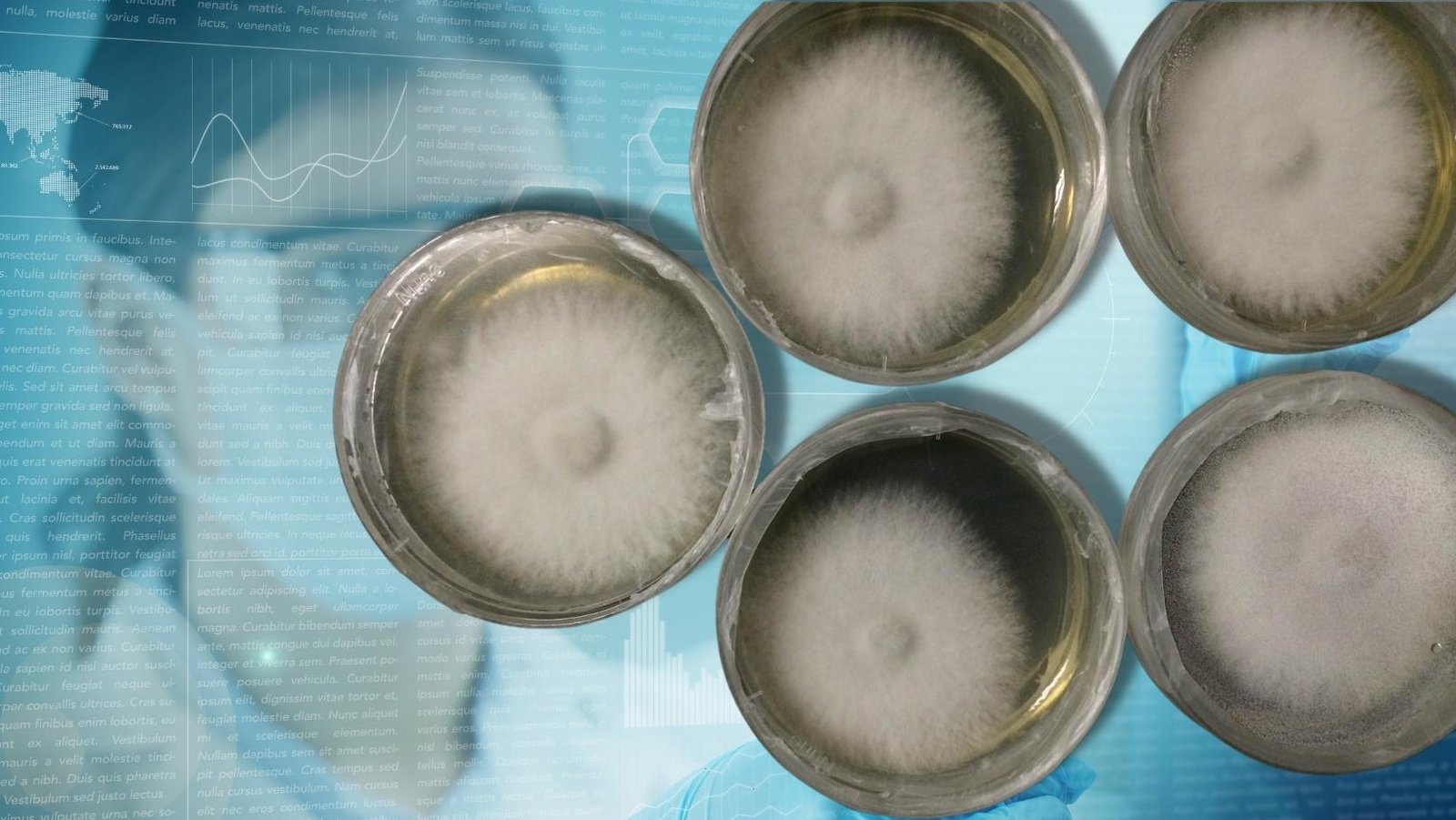
Strain Selection and Improvement:
Finding a strain with the desired traits often requires several generations of growth and refinement. Your goal is to select the best-performing strains, those with the desirable traits you are looking for. You can continue to sector and isolate these strains, effectively breeding the mushrooms for those characteristics. This is much like how agriculturalists have been improving crop varieties for thousands of years. While not all isolated cultures will produce desirable results, it is crucial not to get discouraged. Ongoing experimentation can lead to the discovery of highly desired strains.
In a practical application, a company named Ecovative Design has managed to breed strains of mycelium to develop packaging materials and even home insulation. Their work started by isolating strains from different species of fungi and selecting the ones with the best physical properties for their needs.
Genotype and Phenotype:
In this context, the genotype refers to the total genetic inheritance of an organism, while the phenotype refers to all observable characteristics resulting from the interaction of the genotype with the environment. It’s important to understand the difference between a mushroom’s genotype and its phenotype. The genotype is like the blueprints of the organism, contained in its DNA. The phenotype is the physical expression of those blueprints. One genotype can potentially have many phenotypes, depending on environmental conditions.
A study from the University of Wisconsin-Madison showed that a single strain of the fungus (Neurospora crassa) could exhibit a wide range of phenotypes, depending on temperature, humidity, and nutrient availability.

The Role of Natural Selection:
Strain formation in mushrooms primarily happens when hyphae from different spores fuse together. Each of these hyphae contains a single set of genetic information, or one genome. When they merge, their genetic information combines to form a dikaryotic cell with two genomes.
A fascinating example of this was presented in a study by Tufts University, where they showed that two genetically distinct strains of the fungus (Schizophyllum commune) could combine to form a new, third strain that had traits from both parents.
Hyphae and Strain Formation:
Mushrooms typically produce spores that, when germinated, create mycelium with one nucleus per cell. This is referred to as monokaryotic mycelium. When mycelium from two individual spores of the same species meet and exchange DNA, they form dikaryotic mycelium with two or more nuclei per cell. This is the basis of strain formation in mushrooms.
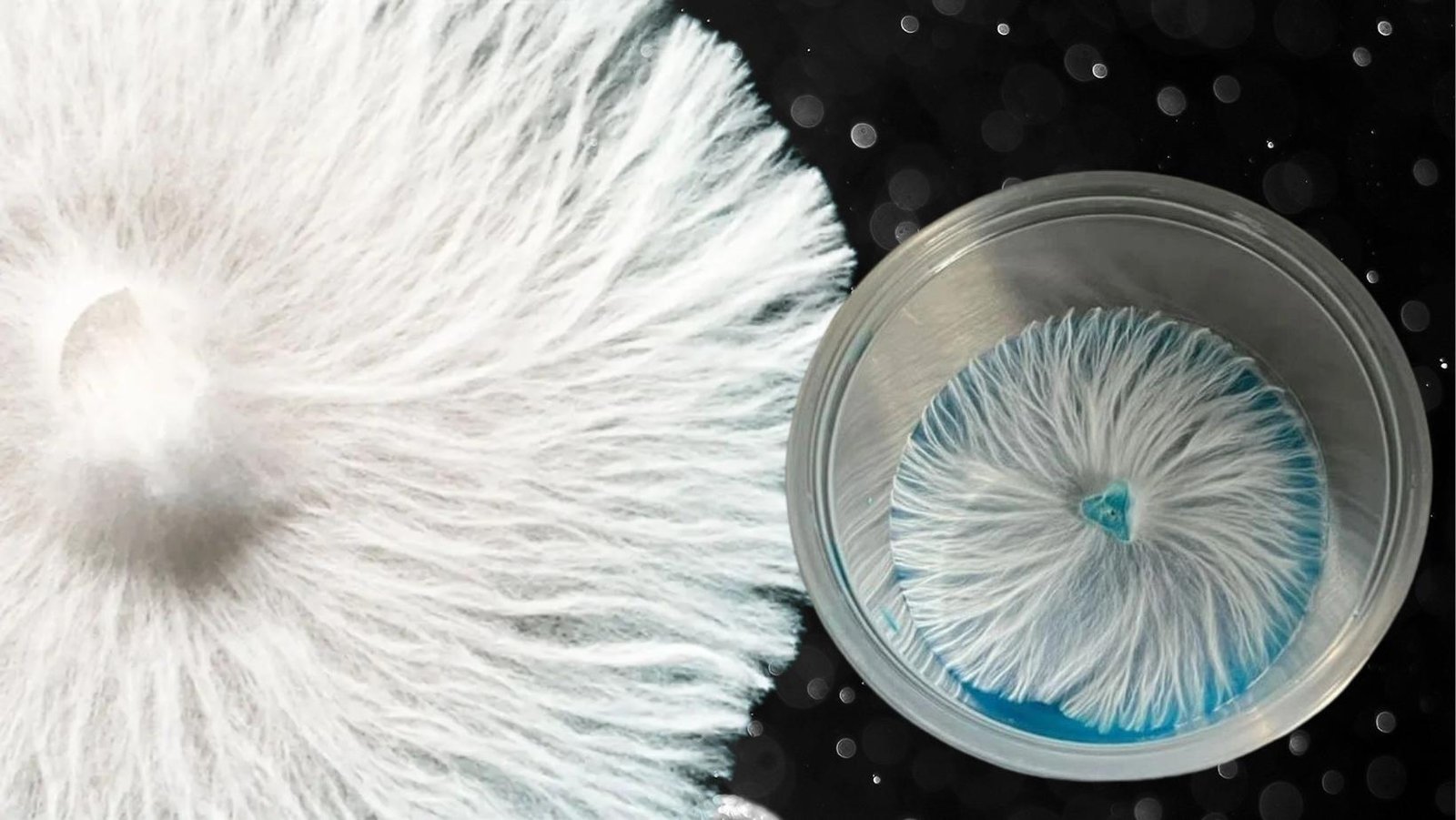
Strain Isolation:
Strain isolation is like picking the best apples from an apple tree. You’re choosing the best-performing sectors and isolating them onto new agar plates. From here, you can cultivate these strains separately and observe how they perform on their own.
For example, a study published in Applied and Environmental Microbiology described how researchers were able to isolate a strain of the fungus (Aspergillus niger) that was highly efficient at producing citric acid, a valuable industrial chemical.
Remember, each strain is unique and will perform differently under different conditions. That’s why it’s important to continually observe and record the performance of each culture throughout the isolation and cultivation process.
Conclusion:
In the end, strain isolation is a key part of mushroom cultivation. It’s how you select and improve your crops. Whether you’re a professional mycologist working in a lab, a commercial mushroom farmer looking to improve yields, or a home cultivator just starting out, strain isolation is an essential tool in your toolkit.
Recommended Reads:
The Psilocybin Pioneer: Unearthing the History and Impact of Maria Sabina
In the study of mycology, Maria Sabina emerges as a legendary figure. A Mazatec curandera,...
Read More...Green But Not Gold: The Deceptive Beauty of Chlorophyllum Molybdites
About This Article: Ready to meet the Shrek of the mushroom kingdom? Dive into our...
Read More...The Mycelium Matrix: Fungi’s Digital Twin
About This Article: 🍄 Step into the future with the Mycelium Matrix—a revolutionary concept where...
Read More...Turkey Tail (Trametes Versicolor)
Welcome to the enchanting world of Turkey Tail mushrooms, where the beauty of nature meets...
Read More...Whoa there, Spore Sport! 🍄 Looks like you’re not logged in yet. Don’t you know what you’re missing? MYCO-CREDITS! Imagine all the fungal fun you could have. It’s like finding a Morel in May and not picking it. Tragic, right? Log In or Become a Myco-Patron and start racking up those credits. It’s more rewarding than finding a mushroom in your backyard! 🌟🏡
